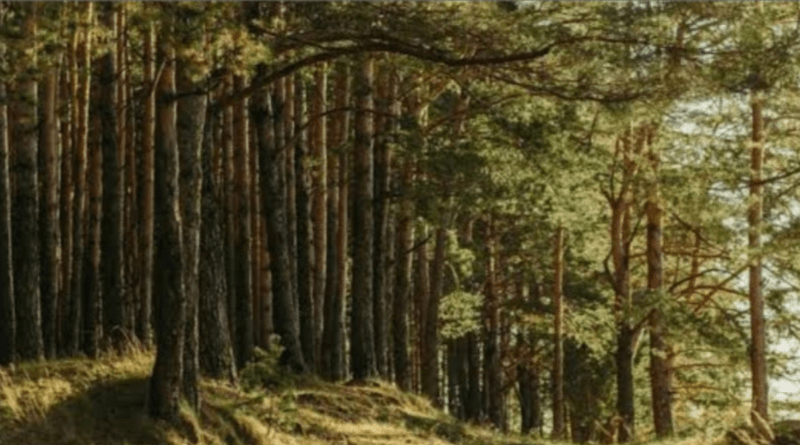New Discovery: You See The Oldest Fossilized Forest Ever Found Dates Back 390 Million Years.
A fossil forest including tiny, palm-like trees and Middle Devonian arthropod trails has been found by researchers.
According to recent research, fossilized trees that were unintentionally uncovered in southwest England are part of the planet’s oldest known forest. The world’s oldest known forest is now 390 million-year-old fossils, surpassing the 386 million-year-old Gilboa fossil forest in New York State.
The primary author of a new study published on February 23 in the Journal of Natural History stated that the new discovery underlines distinctions between the two ecosystems, demonstrating that forests transitioned from being quite primitive to well established over the span of just a few million years. It Is believed that ferns and sphenopsids, or horsetails, are closely linked to the now-extinct cladoxylopsid plant group. “They look like palm trees, but they’re in no way related to palm trees.”
“They’ve got a long central stem and what look like palm fronds coming off, but those palm fronds aren’t really leaves—they’re actually just lots of twiglets.” Since the height of these twig-crowned trees would have ranged from 6.5 to 13 feet (2 to 4 meters), “it wouldn’t have been a very tall forest.”
The fossil trees were preserved as fallen logs that were compressed over eons to form “casts inside the sediment,” as well as as hollow trunks filled with sediment.
There are still small scars where the branches were once attached to the trees. Although there are older trees in other parts of the earth where plants first began to colonize land 500 million years ago, this recent discovery is the earliest instance of a forest where trees are mass-growing in close proximity to one another.
The scientists discovered trackways from tiny Devonian creatures among the fossil trees. “At this time, there’s nothing much bigger than lots of little arthropods knocking around on land.” “You might find some more amphibian-type things and fish in some of the lakes and rivers nearby.”
Although the main goal of the research was to analyze sediments, the accidental finding of fossil trees could indicate a shift in the ecology of Devonian plants. “It kind of implies that there was this abrupt takeoff in forest-type environments about 390 million years ago.”




